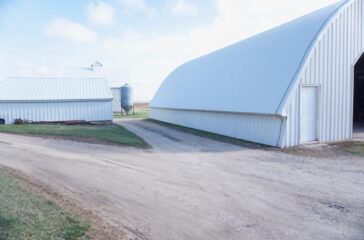Iowa is “in crisis” due to illegal manure discharges into waterways, new report says
By Carey Gillam
Iowa regulators are failing to properly penalize Iowa factory farms for illegally contaminating state waterways with animal waste, according to an analysis released Monday by a public health advocacy group.
 EWG
EWG
